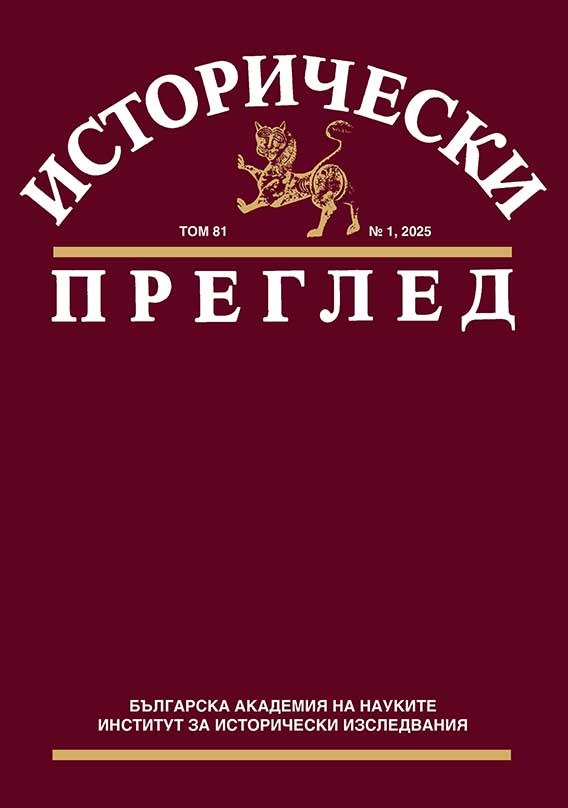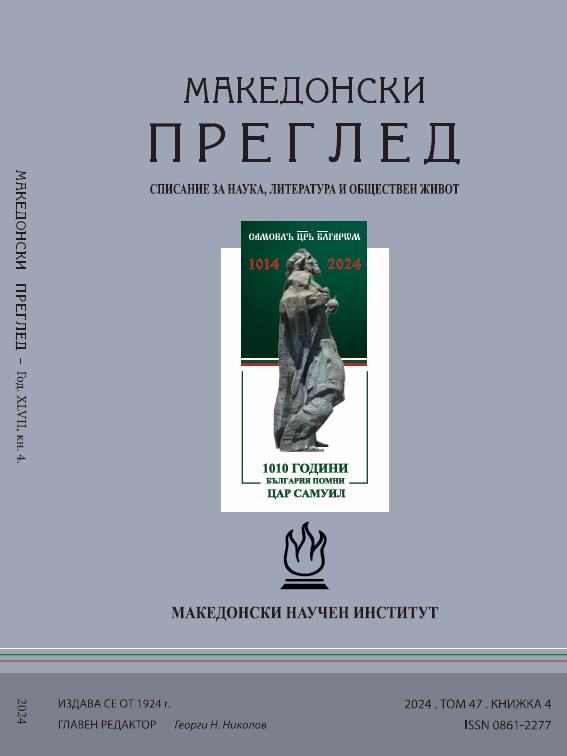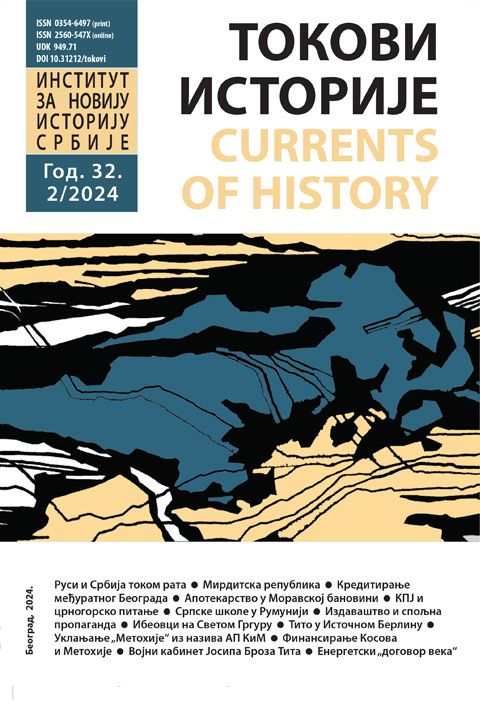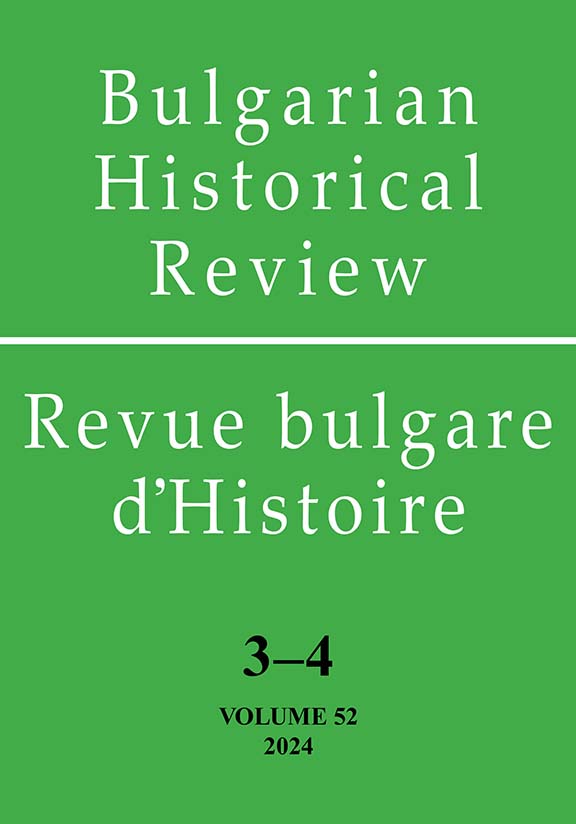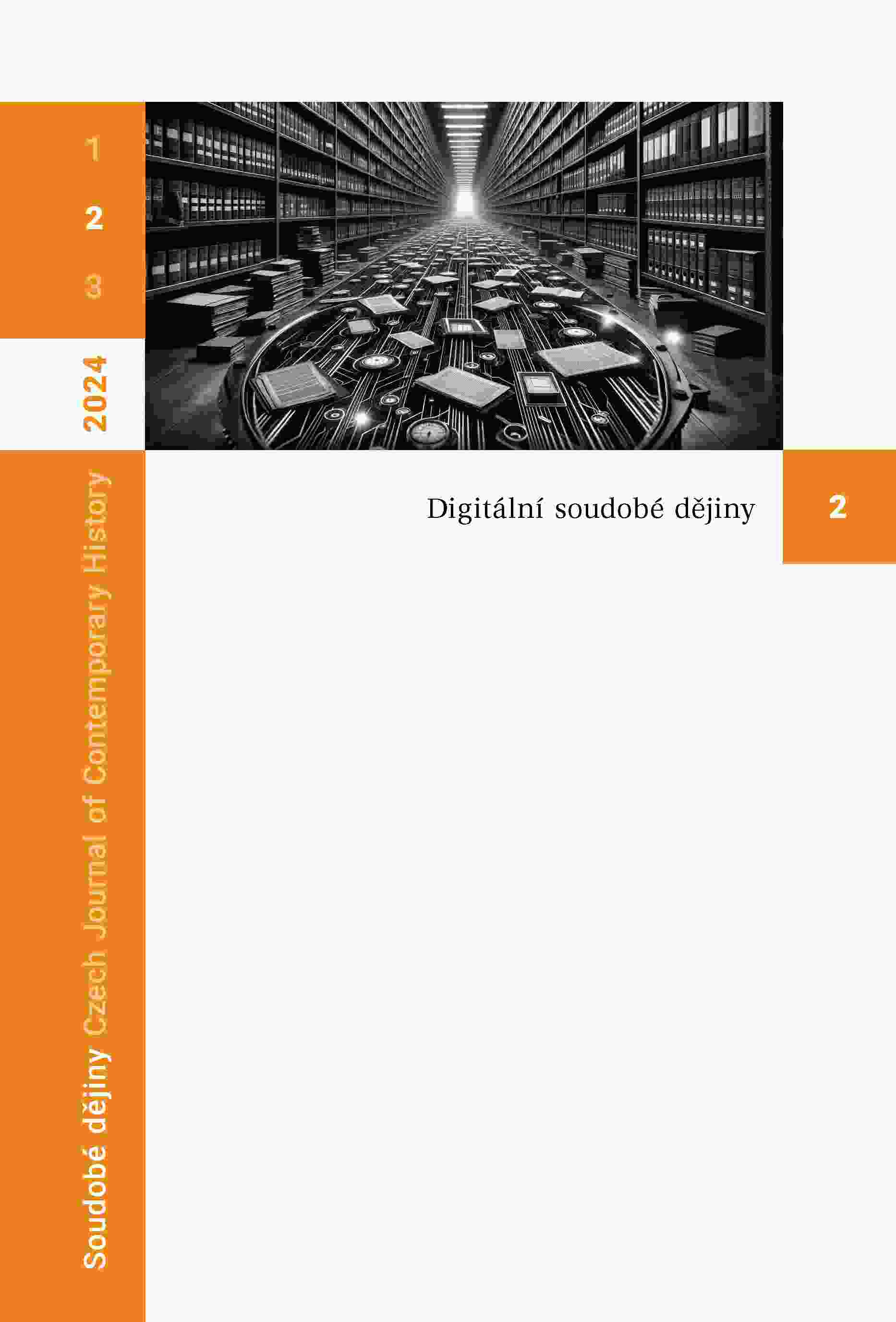
Rozporuplný Gorbačov: Taubmanova biografie spojuje perfektní erudici s empatií
The reviewed book "Gorbačov: Život a doba" by the renowned American political scientist and historian William Taubman is a Czech translation of the English original "Gorbachev: His Life and Times" (New York, W. W. Norton & Co. 2017). According to the reviewer, Taubman has made use of almost all the really important sources, including interviews he conducted with Gorbachev himself and his associates, and has drawn on his extensive experience as an author. The result is a wide-ranging, honest, comprehensive, detailed and reader-friendly biography. Mikhail Sergeyevich Gorbachev (1931–2022), General Secretary of the Communist Party of the Soviet Union and the first and last president to lead the Soviet Union, emerges from the author’s empathetic perspective as a full-blooded man with strengths and weaknesses, a born politician, intelligent, single-minded, slightly vain and, above all, contradictory. Contradictory was already his family background, his communist beliefs combined with a critical vision of Soviet reality, and his visionary plans that failed to be put into practice. Contradictory as well were his economic and political reforms, too radical for some and insufficient for others, which in their consequences went beyond the original intentions and were sometimes downright disastrous, and finally his international policies that led to the collapse of the Cold War order, for which he received sympathy and recognition in the West but gradual condemnation by the majority at home. Related to this view of Gorbachev is the central question that the book seeks to answer, namely how far the architect of perestroika and glasnost sought to change the existing system.
More...
